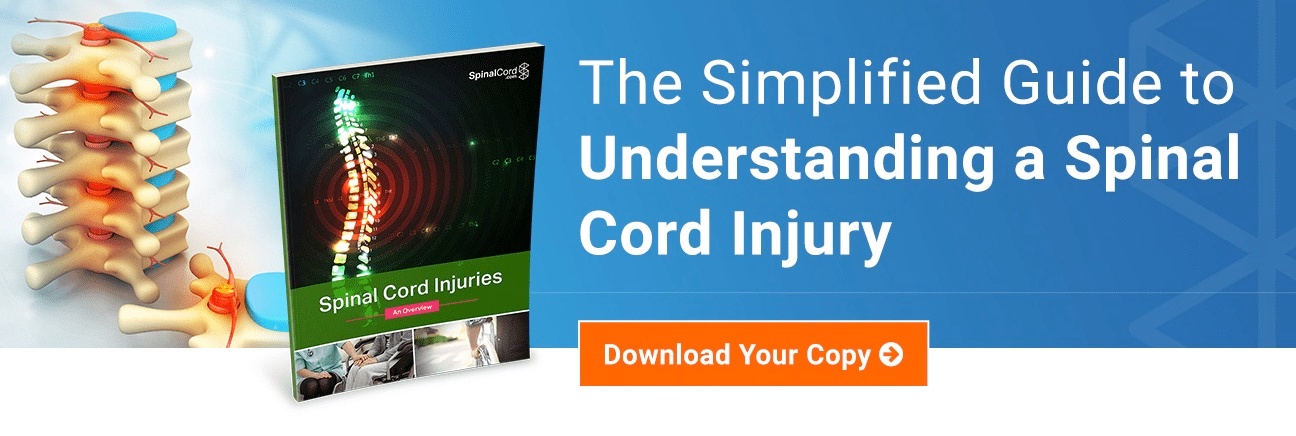What is the Sixth Lumbar Vertebra? A Rare Extra Bone
If you're like most spinal cord injury survivors, your injury has necessitated a crash course in spinal anatomy. Maybe you've even become something of an expert. If so, you know that there are five vertebrae in the lumbar region of the spinal cord, the portion of the spine that curves in your lower back. However, like many biological “facts,” there are exceptions to every rule.
Having a sixth lumbar vertebrae in your spine is uncommon, but far from extraordinary. Roughly 10% of adults have a congenital abnormality in their lower back. The sixth lumbar vertebra is one of the most frequent abnormalities.A Sixth Vertebrae?

The sixth lumbar vertebra is typically located just below the L5 vertebra, making it the lowest vertebra and positioning it next to your tailbone. The extra bone is essentially just a harmless anomaly; sometimes it's because one vertebra failed to fuse with another, but in other cases it's unclear why the bone appeared. L6 vertebrae don't grow overnight. If you have the condition, you've always had it. In the overwhelming majority of people, this condition causes no symptoms.
How an Extra Bone Affects Spine Health
An L6 vertebra is not, in and of itself, cause for concern, and most people go through their entire lives without even knowing they have the condition. However, this additional bone can complicate spinal health in some situations.
Doctors sometimes vary the direction they count when identifying spinal structures, and the presence of an additional bone can cause them to give the wrong number; a doctor who doesn't know your condition might label your bottommost lumbar vertebra L5 when it is in fact L6.
Rarely, the L6 vertebra becomes fused to another vertebra, causing back pain. This portion of the spine is also vulnerable to bulging or herniated discs. And because there is an additional bone fitted into the space of five vertebrae, the presence of an L6 can decrease the flexibility of the spine. Lastly, if your spinal cord injury is very low, it might affect your L6 vertebrae.
Will an Extra Vertebrae Affect Spinal Cord Injury Treatment?
A sixth lumbar vertebra should not affect treatment for your spinal cord injury though you should ensure that every physician who treats you knows about the condition. This ensures no one inaccurately counts to the wrong portion of your spine.
An additional vertebra does not increase the odds of suffering a spinal cord injury since the additional vertebra is in essentially the same spot as L5. Moreover, injuries to this vertebrae are unlikely to cause complete immobility since the injury is so low. Pain from this area, due to fusion to another vertebra, may worsen symptoms of a spinal cord injury. If you experience new or worsening symptoms, be sure to notify your doctor.
Stay Updated on Advancements On Traumatic Brain &
Spinal Cord Injuries
About the Author





